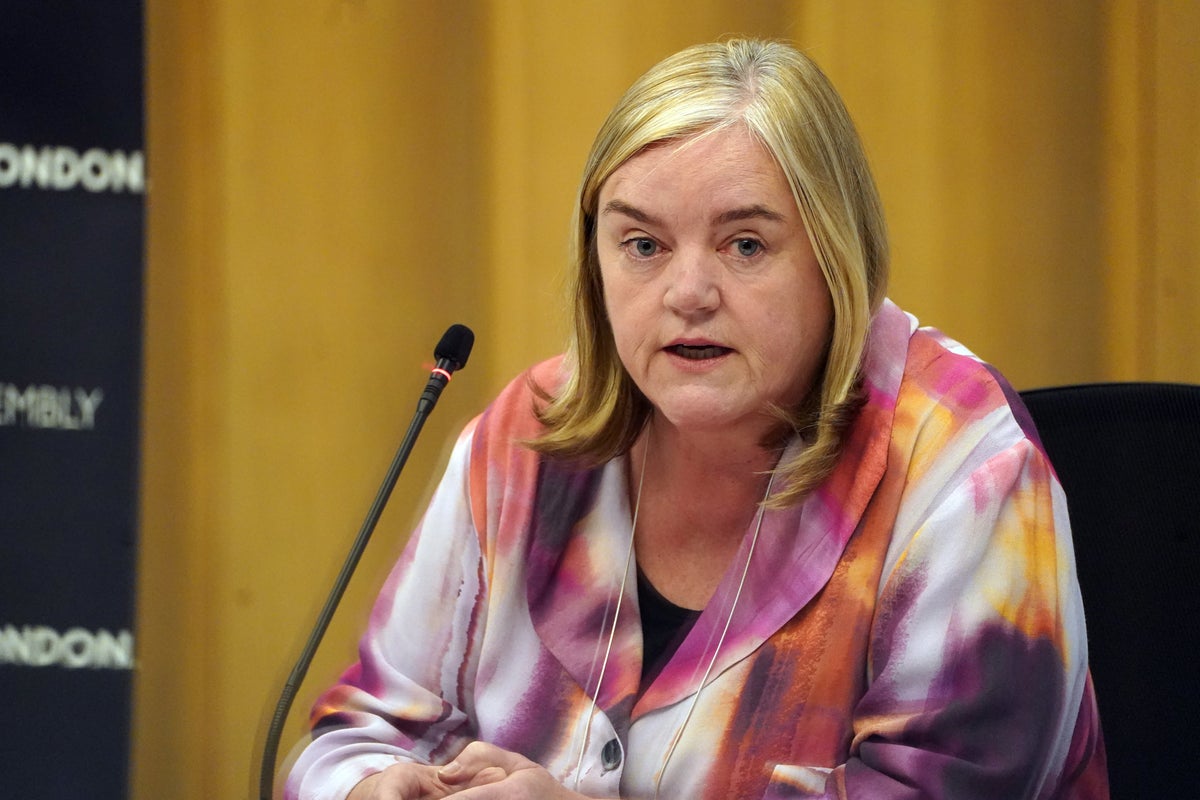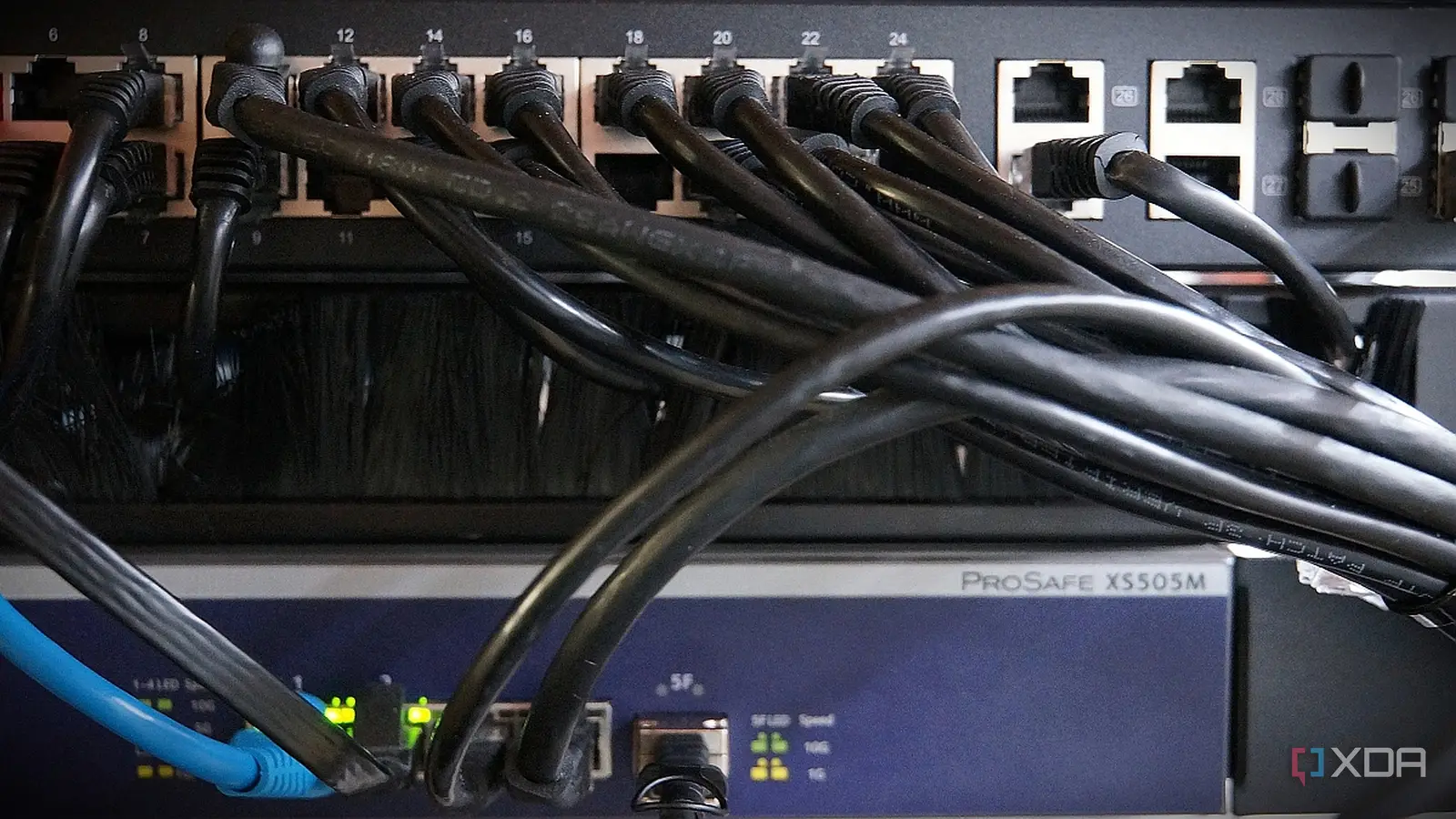Copyright Santa Clarita Valley Signal

During the Saugus Union School District governing board meeting on Tuesday, public comments echoed an ongoing issue teachers and administrators have described as dangerous, emotionally draining and never-ending, as a presentation on student behavior challenges brought up more questions that remained unanswered. The comments from teachers and parents described threats of violence — including one incident in which a student reportedly threatened to shoot up a school over Pokémon cards — and at least one very graphic description of a sexual act. Discussing an agenda item in relation to a Behavior Council board update, many teachers and administrators stated the report was something that didn’t address the root cause or was meant to provide solutions to student behavior challenges. SUSD Assistant Superintendent Jennifer Stevenson was present on behalf of Superintendent Colleen Hawkins during the meeting. Before district officials could give their presentation, parents and teachers spoke during public comment, some in emotional testimonies, sharing how their students and themselves have been injured by students who don’t face any consequences for their bad behavior. “‘I’ll kill myself, do you want me to kill myself?’ Child hit staff, threw a jacket at the staff, threw shoes at staff, then hit staff again,” Sue O’ Brien, Saugus Teacher Association vice president, read in a statement on behalf of another staff member during public comment about a reoffending student. “Took the stuffing out of a beanbag, threw trash container all over the floor, threw the chair, broke light sensor. Got inside the (Physical Education) building said to pregnant behaviorist, ‘Want me to kick you in the stomach with the baby?’ Pulled down pants in front of peers inside the bathroom.” “Said, ‘When I grow up I will go to the gun store and kill everyone at school. I will cut everyone up into pieces. You should be dead. Die. I will buy a gun and kill you, so I get all the Pokémon cards.’ Destroyed the RSP room, then yelled, ‘Everyone will die,’” O’Brien added, drawing gasps from the crowd. Karen Carville also shared an incident that occurred at Rosedell Elementary School a few weeks ago with a student that has been a problem for years. The child has vandalized, stolen and shown other signs of bad behavior in the past, she said. But this incident specifically was something she wasn’t prepared for and required a conversation with her fourth-grade daughter. “He informed my daughter that, ‘Boys like to put their penises into other boys’ butts.’ Now I don’t like to have a sodomy conversation with my fourth grader but you know, I mean, I had to,” Carville said. She didn’t just share frustration on the child’s behavior, but also asked why another behavior update presentation was given that felt like “a bunch of fluff and delay tactics,” Carville said. Some governing board members responded during board reports. After school site visits to Charles Helmers Elementary School and Rio Vista Elementary School, “I saw how administrators strategically allocated resources to meet some pretty extreme needs,” governing board member Matthew Watson said. “I heard about and saw how incredible staff members cared not only for their students but for each other … I saw some examples of tremendous patience and love for our students in some pretty challenging circumstances.” He added that before he walked onto campus, from afar he witnessed a student showing challenging behavior and applauded the teacher who kept the rest of the students safe but also was attentive to the one causing the problem in that moment. “We clearly have issues with behaviors in our district,” Watson said, adding that he was confused if communication between parents and teachers existed because it’s essential “for the teachers to get the support that they need. I don’t understand how children can be dealing with an unsafe environment day after day and our parents aren’t aware of it.” “Teachers and families are co-parenting these children, and it’s not going to work if you’re not collaborating,” he said adding that he believes it can be done so without violating any Family Educational Rights and Privacy Act laws. Board member Anna Griese brought attention to a public comment that questioned why governing board members had to be accompanied by a site administrator when making classroom visits to witness the bad behavior. “It’s from Dr. Hawkins,” she said. “At least for me it is. I don’t know if it’s for anybody else, but Dr. Hawkins is the one that mandates that somebody chaperone the board members when they visit from site to site … I’ve repeatedly told admin not to do that and that I don’t need a chaperone because I’m an adult.” In a follow-up phone call with Stevenson on Wednesday afternoon, she said that the student behavior problem is a nationwide challenge across all schools and districts. She couldn’t comment on specific site incidents brought up during the meeting, but said the district was actively working on seeking a solution. She also addressed Griese’s statement, saying that board members are treated like every other site visitor and must be accompanied by a staff member to avoid liability issues, and it was nothing new. It was a standard procedure that has been in place since Judy Fish, former superintendent, held the position. Griese also thanked Emblem Academy Assistant Principal Christine Ivey for speaking up and backing the teachers’ comments about student behavior. During previous meetings other site administrators gave a different narrative about behavior that has left the board members confused. “This is a pretty complex issue, but it is helpful to hear both sides of everything that’s going on,” board President Patti Garibay said during her report. “We’re learning a lot and we’re trying to arm ourselves with as much information so that we can make good decisions and lead this organization,” she added, and encouraged the community to continue to reach out. “I do enjoy going to school sites, doesn’t matter if I’m chaperoned or not. I will be there. I think it’s important to participate, to see things on my own, and you can see the things, no matter if you’re by yourself or with somebody else. You’ll see them,” Garibay added. The goal for the Behavior Council, according to the presentation, is to “allow staff to provide leadership, insight, and collaboration to address improving student behaviors,” and the priorities were discipline, consequences and behavior modifications. The council anticipated to begin tackling those priorities in August and May, but they cited calendaring as a challenge. Some concerns and priorities according to the presentation were: not enough consequences, teachers needing more tools, a district-wide calibrated system to record student behavior was needed, as well as a developmentally appropriate definition of behavior. Following the presentation, Watson asked if all instructional staff and teachers were trained in the Capturing Kids Hearts training designed to get a comprehensive behavior and discipline framework implemented in the SUSD. Michelle Barries, assistant superintendent of student services, responded that yes, all TK and kindergarten teachers were given the training, but head shakes from the crowd forced Griese to question that. Barries responded stating the teachers were offered the training, but that didn’t mean they all took it. “Why wouldn’t we ensure that going into the new school year, existing K teachers and new TK teachers have received the training before schools start?” Griese asked. Barries responded that the Behavioral Council hasn’t reached that point in its process. Assistant Superintendent of Education Services Edwin T. Clement then answered Watson’s questions and said that each school site determined who would go to receive that Capturing Kids Heart’s training, which can include board certified behavior analysts, psychologists and social workers, all teaching staff and office managers and custodians. Griese then said that it didn’t sound like there were criteria on who had to take the training. Clement responded that each site is different and some employees play a vital role in the process of student behavior compared to others. All were welcome, he added. “It’s our responsibility to ensure that the people, our community is getting the training that the council is recommending, and it doesn’t look like we’re actually doing that,” Griese said. “They haven’t got to that part where they’re recommending the trainings yet and which pieces,” Barries said. “Right, but we’re in October and the Behavior Council started in May and we’re going to head into Thanksgiving break and then we’re going to have three weeks off for winter … What is the timeline?” Griese asked, adding that she just didn’t want to hear any more comments about people getting kicked in the stomach or getting hurt due to student behavior.



